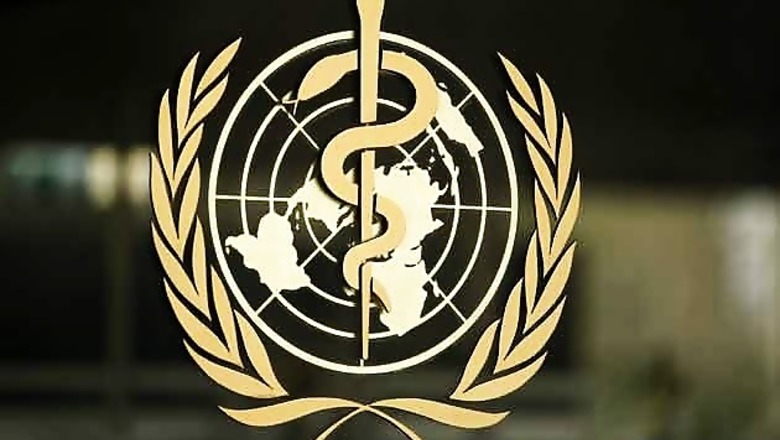
views
Geneva: Around 4,20,000 people die each year from eating contaminated food globally with children under the age of five accounting for nearly one third of those deaths, the WHO said on Wednesday in its first-ever estimate of the impact of foodborne diseases. The UN health agency in the report released today said that as many as 600 million people -- almost 1 in 10 people -- globally fall sick every year after consuming contaminated food.
Children under the age of five account for 40 per cent of the 600 million cases of food-borne diseases worldwide annually and 30 per cent of the 4,20,000 deaths, even though they constitute only nine per cent of the total population, the World Health Organisation said. Besides killing nearly half a million people every year, foodborne diseases caused by various types of bacteria, viruses, parasites, toxins and chemicals are taking a significant toll on the quality of life of those who survive, the report said.
Each year, the global population as a whole loses a full 33 million Disability-Adjusted Life Years (DALYs), or healthy years of life, it said. Young children bear the disproportionate burden of the silent malady and diarrhoeal diseases are responsible for more than half of the global burden of foodborne diseases.
Around 550 million people, including 220 million children, fall ill from diarrhoeal diseases caused by norovirus, Campylobacter, E coli and non-typhoidal Salmonella. Of the 220 million children, 96,000 children under the age of five die every year and lose 13 million Disability Adjusted Life Years which makes for 40 per cent of the total DALYs.
"We have been combatting an invisible enemy, an invisible ghost," said Dr Kazuaki Miyagishima, director of WHO's Department of Food Safety, at a news briefing, referring to a lack of data up until now in understanding food borne diseases. "The data we are publishing is only a very conservative estimate, we are sure that the real figure is bigger," Dr Miyagishima said.
The research conducted by 150 scientists across the world for eight years is based on analysis of data up to 2010, but the picture has not changed much since 2010, the WHO said. The research team analysed 31 different agents contaminating food and two viruses, 12 bacteria, 14 parasites and three chemicals.
While foodborne diseases is a public health concern globally, Africa and South East Asia are the hardest hit and have the highest death rates. In terms of absolute numbers more people fall sick and die in South East Asia than any other WHO region with more than 150 million cases and 1,75,000 deaths recorded every year.



















Comments
0 comment